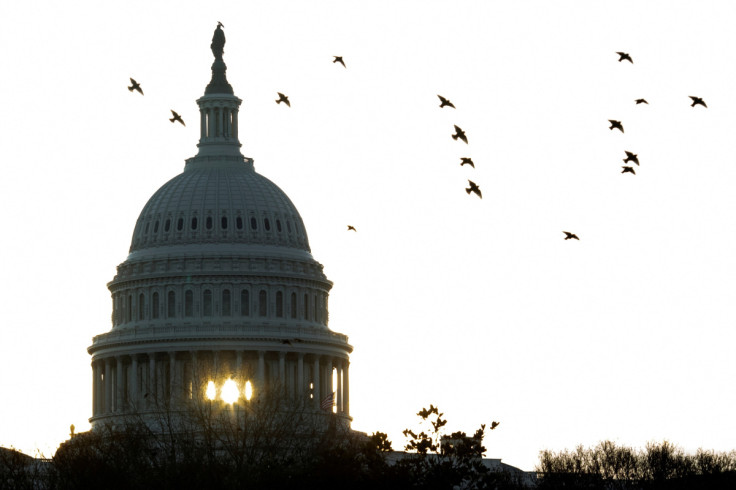Analysis-Recession Fears Threaten Perfect Track Record Of Post-midterm U.S. Stock Gains

A potential recession could end a streak of gains for U.S. stocks that has followed every midterm election since World War Two.
Since 1946, the S&P 500 has climbed 19 out of 19 times in the 12-month period after midterm elections, according to data from Deutsche Bank. The midterms, which determine which political party controls the U.S. Congress, occur every four years. This year they are on Nov. 8.
Investors cite a number of possible reasons for the post-midterms tailwind. The vote helps clarify the policy outlook regardless of the result because the make-up of Congress is known. At the same time, the party that wins the presidency tends to lose seats in a midterm election, creating political gridlock that prevents either side from making radical policy changes - a setup investors seem to favor.
Whatever the reason, an extended period of stock market gains would be a welcome development for investors after a tumble in which the S&P 500 has lost nearly 20% year-to-date, spurred by aggressive Federal Reserve interest rate hikes to rein in soaring inflation.
"Performance in the 12 months after midterms is consistent with a positive and above-average market returns," said Angelo Kourkafas, an investment strategist at Edward Jones.
This time, however, "the driver of the markets has been the Fed," Kourkafas said. "So I wouldn't necessarily dismiss the midterm election effect but other factors supersede that."
The focus on post-election performance comes as investors digest a rally that has taken the S&P 500 up over 7% from its recent lows. Analysts have attributed the move to everything from hopes of a coming slowdown in the pace of the Fed's monetary policy tightening to cash-heavy funds jumping aboard market rebounds.
While the focus has been on the Fed, the impending election and broader seasonality trends may be another factor in favor of stocks, market-watchers said.
Oxford Economics data shows that the S&P 500 since 1950 has risen an average of 15% in the 12-month period following the midterm vote, with the rally typically starting a few weeks prior to the election. (Graphic: Post-midterm perfection for U.S. stocks,
)
Other seasonal trends have drawn investors' attention. November and December rank as the second- and third-best performing months of the year since 1950, with average S&P 500 gains of 1.7% and 1.5%, according to the Stock Trader's Almanac.
In any case, investors have been more eager to buy as of late, evidenced by BofA Global Research data showing three-week inflows into single stocks measured as a percentage of S&P 500 market value near their highest level since 2008.
RISKS TO A RALLY
Still, some believe markets will have trouble mounting a sustained rally if the Fed's aggressive monetary policy sends the United States into a recession. Economic data and recent earnings results have painted a mixed picture, including disappointing reports this week from Microsoft Corp and Alphabet Inc.
Another recession warning came earlier this week, when yields on three-month Treasuries surpassed those on 10-year Treasuries, a signal that has preceded past downturns.
"Recession outweighs factors in previous U.S. midterm elections that were seen as positive for stocks, such as resulting policy gridlock," BlackRock strategists said in a note this week, adding that they were "not chasing bear market rebounds."
Meanwhile, the current inflationary environment makes post-midterm fiscal stimulus less likely, another factor that could limit stock gains.
While a post-midterm rally cannot be ruled out, "I just think that in some ways the environment is stacked against a big return in markets again next year," said Michael Arone, chief investment strategist at State Street Global Advisors.
Still, some investors continue to view the midterms as a potential positive for stocks.
Equities have historically performed better in periods of divided government. With Republicans favored in polls and betting markets to wrest control of the House of Representatives and possibly the Senate while Democrat Joe Biden remains in the White House, such a result may be increasingly likely.
Average annual S&P 500 returns have been 14% in a split Congress and 13% in a Republican-held Congress under a Democratic president, according to data since 1932 analyzed by RBC Capital Markets. That compares with 10% when Democrats controlled the presidency and Congress.
Regardless of the winner, "the policy uncertainty goes away," said Brian Overby, senior markets strategist at Ally. "At least you do know what the agenda is and businesses can plan accordingly."
© Copyright Thomson Reuters 2024. All rights reserved.




















